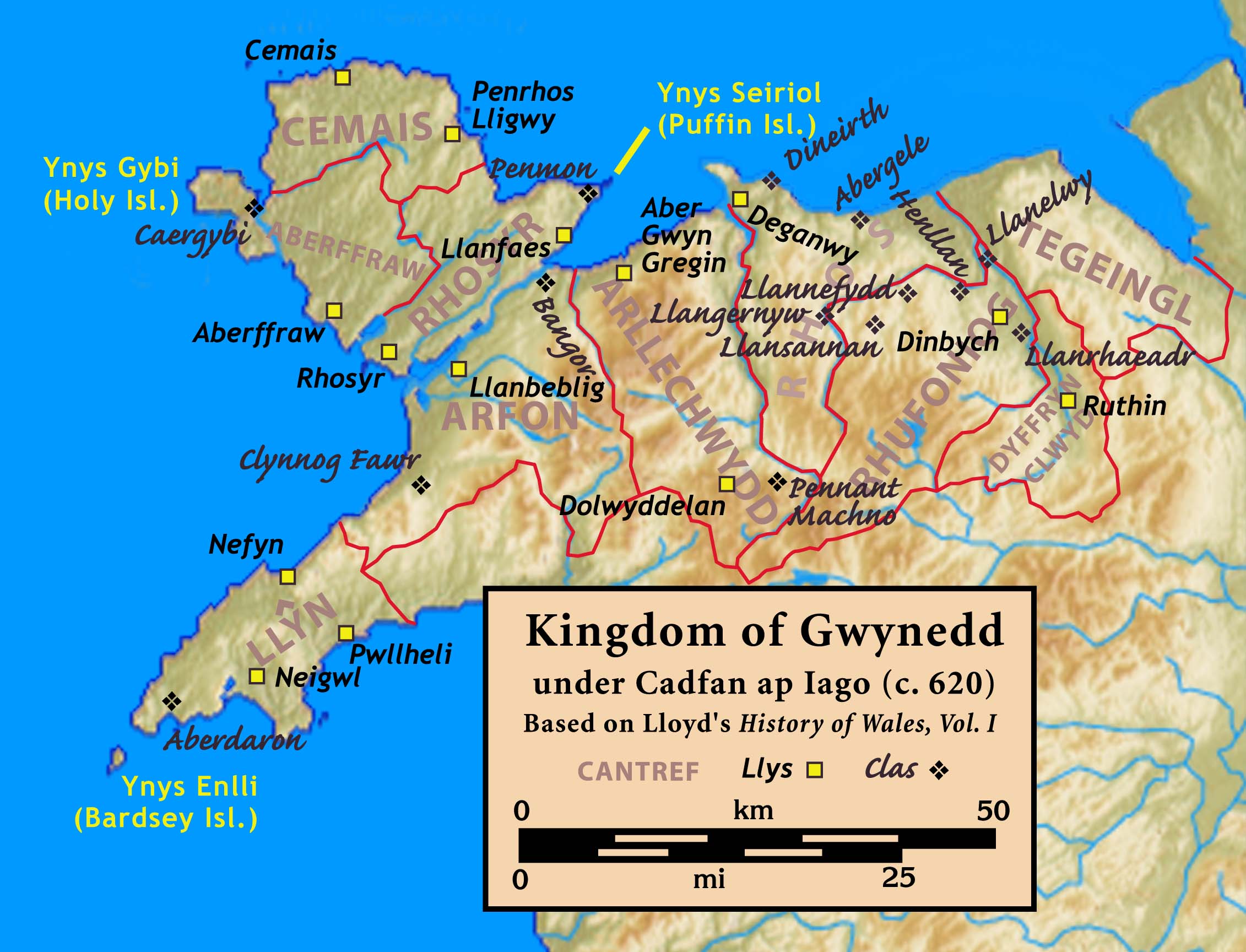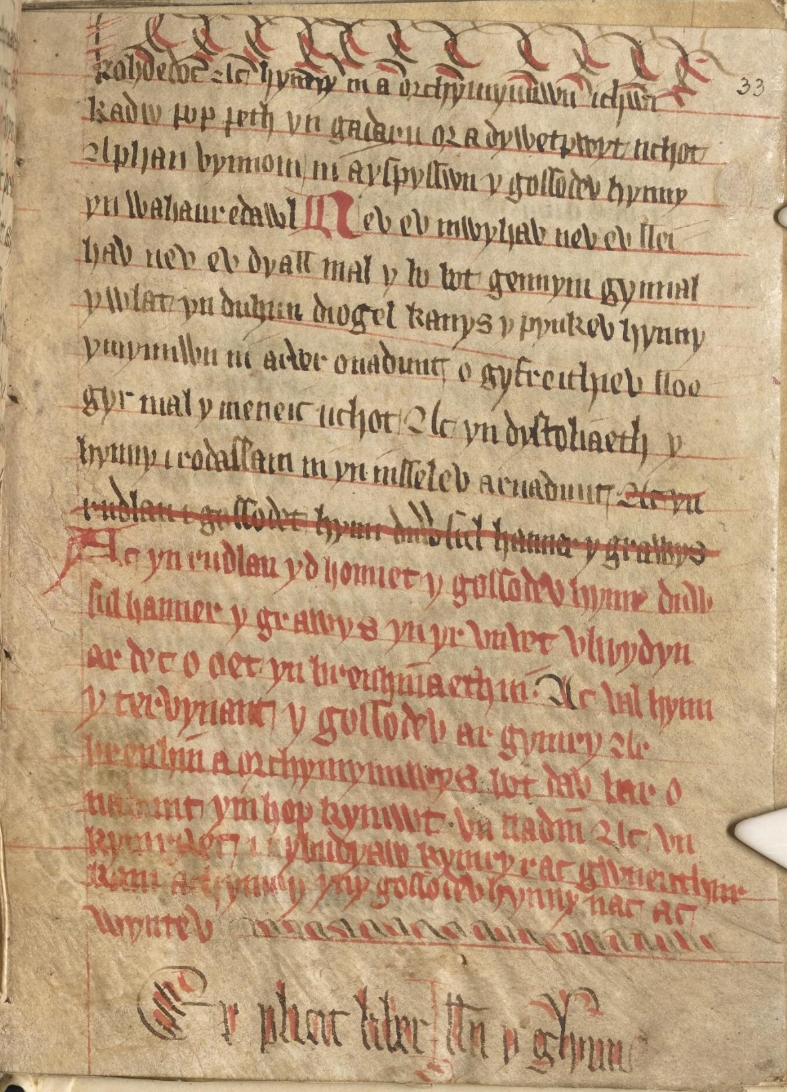|
Cantref Tegeingl
Tegeingl, in English Englefield, was a cantref in north-east Wales during the mediaeval period. It was incorporated into Flintshire following Edward I of England's conquest of northern Wales in the 13th century. Etymology The region's name was derived from the '' Deceangli'', an Iron Age Celtic tribe which had inhabited the region and attested since the 1st century BC. Location The cantref formed the eastern part of Perfeddwlad (or ''Y Berfeddwlad'') on the northern coast of Wales between the River Clwyd and Deeside. The territory is roughly equivalent to the modern county of Flintshire today. History Comprising the three commotes of Rhuddlan, Prestatyn and Coleshill (Cwnsyllt), the territory originally formed part of the Kingdom of Gwynedd until, in the late 8th century, it was conquered by the Anglo-Saxon Kingdom of Mercia. It remained under Mercian (or English) control for over three centuries until Dafydd ab Owain Gwynedd recovered it in the 12th century. Edwi ... [...More Info...] [...Related Items...] OR: [Wikipedia] [Google] [Baidu] |
Kingdom Of Gwynedd
The Kingdom of Gwynedd (Medieval Latin: ; Middle Welsh: ) was a Welsh kingdom and a Roman Empire successor state that emerged in sub-Roman Britain in the 5th century during the Anglo-Saxon settlement of Britain. Based in northwest Wales, the rulers of Gwynedd repeatedly rose to dominance and were acclaimed as "King of the Britons" before losing their power in civil wars or invasions. The kingdom of Gruffydd ap Llywelynthe King of Wales from 1055 to 1063was shattered by a Saxon invasion in 1063 just prior to the Norman invasion of Wales, but the House of Aberffraw restored by Gruffudd ap Cynan slowly recovered and Llywelyn the Great of Gwynedd was able to proclaim the Principality of Wales at the Aberdyfi gathering of Welsh princes in 1216. In 1277, the Treaty of Aberconwy between Edward I of England and Llewelyn's grandson Llywelyn ap Gruffudd granted peace between the two but would also guarantee that Welsh self-rule would end upon Llewelyn's death, and so it represen ... [...More Info...] [...Related Items...] OR: [Wikipedia] [Google] [Baidu] |
Statute Of Rhuddlan
The Statute of Rhuddlan (12 Edw 1 cc.1–14; cy, Statud Rhuddlan ), also known as the Statutes of Wales ( la, Statuta Valliae) or as the Statute of Wales ( la, Statutum Valliae, links=no), provided the constitutional basis for the government of the Principality of Wales from 1284 until 1536. The Statute introduced English common law to Wales, but also permitted the continuance of Welsh legal practices within the Principality. The Statute was superseded by the Laws in Wales Acts 1535 and 1542 when Henry VIII made Wales unequivocally part of the "realm of England".The Laws in Wales Act 1535 () The statute was not an act of Parliament, but rather a royal ordinance made after careful consideration by Edward I on 3 March 1284. It takes its name from Rhuddlan Castle in Denbighshire where it was first promulgated on 19 March 1284. It was formally repealed by the Statute Law Revision Act 1887. Background The Prince of Gwynedd had been recognised by the English Crown as Pri ... [...More Info...] [...Related Items...] OR: [Wikipedia] [Google] [Baidu] |
Principality Of Wales
The Principality of Wales ( cy, Tywysogaeth Cymru) was originally the territory of the native Welsh princes of the House of Aberffraw from 1216 to 1283, encompassing two-thirds of modern Wales during its height of 1267–1277. Following the conquest of Wales by Edward I of England of 1277 to 1283, those parts of Wales retained under the direct control of the English crown, principally in the north and west of the country, were re-constituted as a new Principality of Wales and ruled either by the monarch or the monarch's heir though not formally incorporated into the Kingdom of England. This was ultimately accomplished with the Laws in Wales Acts 1535–1542 when the Principality ceased to exist as a separate entity. The Principality was formally founded in 1216 by native Welshman and King of Gwynedd, Llywelyn the Great who gathered other leaders of ''pura Wallia'' at the Council of Aberdyfi. The agreement was later recognised by the 1218 Treaty of Worcester between Llywelyn ... [...More Info...] [...Related Items...] OR: [Wikipedia] [Google] [Baidu] |
Edward I Of England
Edward I (17/18 June 1239 – 7 July 1307), also known as Edward Longshanks and the Hammer of the Scots, was King of England and Lord of Ireland from 1272 to 1307. Concurrently, he ruled the duchies of Duchy of Aquitaine, Aquitaine and Duchy of Gascony, Gascony as a vassal of the French king. Before his accession to the throne, he was commonly referred to as the Lord Edward. The eldest son of Henry III of England, Henry III, Edward was involved from an early age in the political intrigues of his father's reign, which included a rebellion by the English barons. In 1259, he briefly sided with a baronial reform movement, supporting the Provisions of Oxford. After reconciliation with his father, however, he remained loyal throughout the subsequent armed conflict, known as the Second Barons' War. After the Battle of Lewes, Edward was held hostage by the rebellious barons, but escaped after a few months and defeated the baronial leader Simon de Montfort at the Battle of Eve ... [...More Info...] [...Related Items...] OR: [Wikipedia] [Google] [Baidu] |
Gruffudd Ap Cynan
Gruffudd ap Cynan ( 1137), sometimes written as Gruffydd ap Cynan, was King of Gwynedd from 1081 until his death in 1137. In the course of a long and eventful life, he became a key figure in Welsh resistance to Norman rule, and was remembered as King of all the Welsh and Prince of all the Welsh. As a descendant of Rhodri Mawr, Gruffudd ap Cynan was a senior member of the princely House of Aberffraw. Through his mother, Gruffudd had close family connections with the Norse settlement around Dublin and he frequently used Ireland as a refuge and as a source of troops. He three times gained the throne of Gwynedd and then lost it again, before regaining it once more in 1099 and this time keeping power until his death. Gruffudd laid the foundations which were built upon by his son Owain Gwynedd and his great-grandson Llywelyn the Great. Life Unusual for a Welsh king or prince, a near-contemporary biography of Gruffudd, ''The history of Gruffudd ap Cynan'', has survived. Much ... [...More Info...] [...Related Items...] OR: [Wikipedia] [Google] [Baidu] |
Anglo-Normans
The Anglo-Normans ( nrf, Anglo-Normaunds, ang, Engel-Norðmandisca) were the medieval ruling class in England, composed mainly of a combination of ethnic Normans, French, Anglo-Saxons, Flemings and Bretons, following the Norman conquest. A small number of Normans had earlier befriended future Anglo-Saxon king of England, Edward the Confessor, during his exile in his mother's homeland of Normandy in northern France. When he returned to England some of them went with him, and so there were Normans already settled in England prior to the conquest. Edward's successor, Harold Godwinson, was defeated by Duke William the Conqueror of Normandy at the Battle of Hastings, leading to William's accession to the English throne. The victorious Normans formed a ruling class in Britain, distinct from (although inter-marrying with) the native populations. Over time their language evolved from the continental Old Norman to the distinct Anglo-Norman language. Anglo-Normans quickly establ ... [...More Info...] [...Related Items...] OR: [Wikipedia] [Google] [Baidu] |
Owain Ab Edwin Of Tegeingl
Owain ab Edwin of Tegeingl or Owain the Traitor ( cy, Owain Fradwr), (died 1105) was lord of the cantref of Tegeingl in north-east Wales at the end of the 11th century. He was the son of Edwin of Tegeingl, Edwin ap Gronw of Tegeingl, a great-great-grandson of Hywel Dda. He sided with the Normans in their failed invasion of North Wales, and in the 1090s attempted to become ruler of Kingdom of Gwynedd, Gwynedd. His arms were ''gules three men's legs conjoined at the thighs in triangle argent''. Ancestry Little is known of Owain's father, Edwin of Tegeingl. However, most medieval pedigrees identify Owain's paternal grandfather as Gronwy, a descendant of Hywel Dda. Owain may have been a great-great-great-grandson of Hywel Dda although this is disputed. His paternal grandmother is believed to have been Ethelfleda or Aldgyth, daughter of Edwin, Earl of Mercia, Eadwine of Mercia. His mother was Iwerydd, sister of Bleddyn ap Cynfyn, Prince of Kingdom of Gwynedd, Gwynedd and Kingdom of ... [...More Info...] [...Related Items...] OR: [Wikipedia] [Google] [Baidu] |




